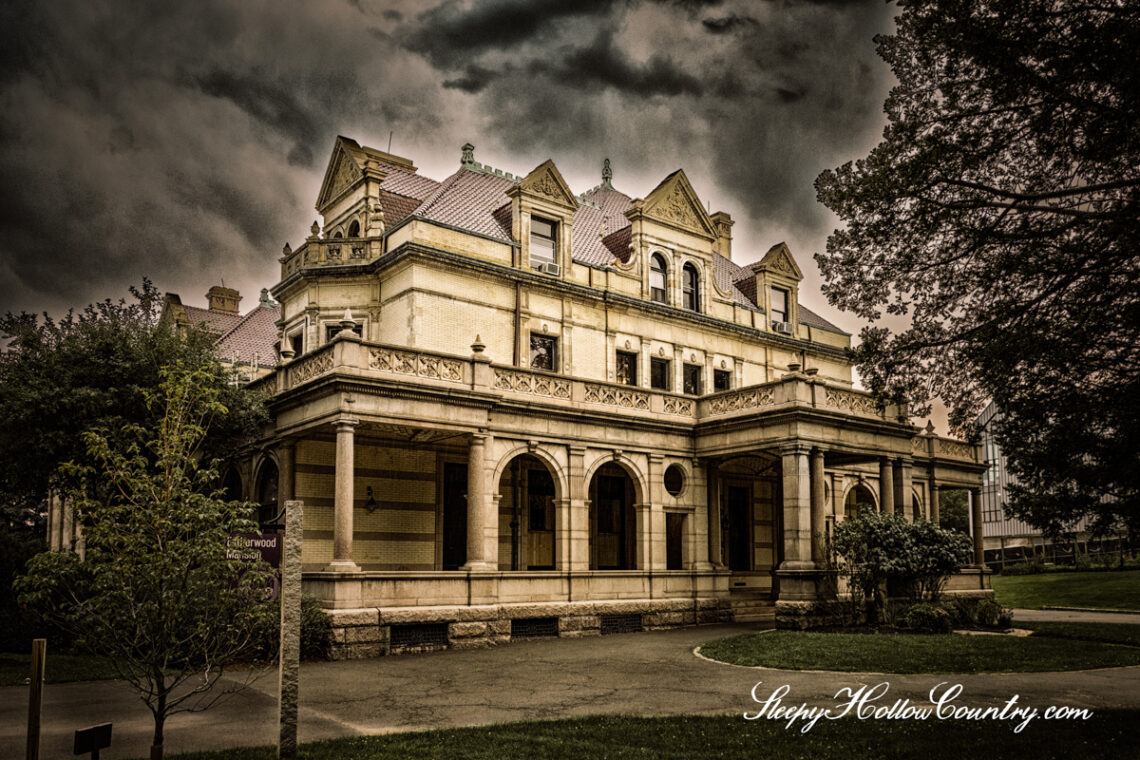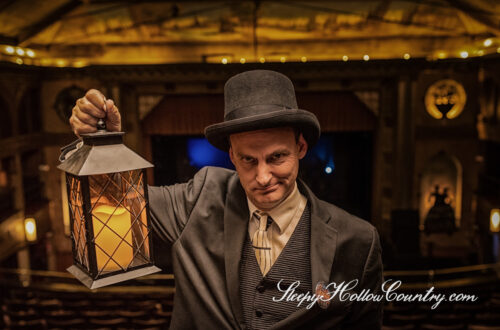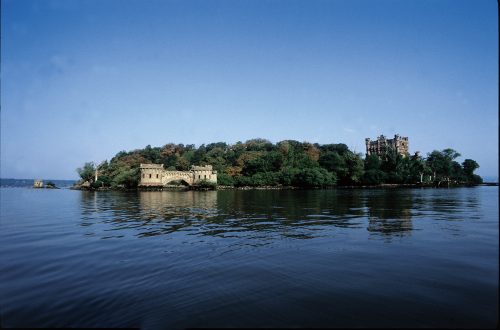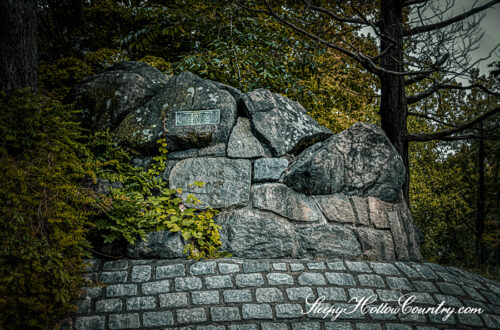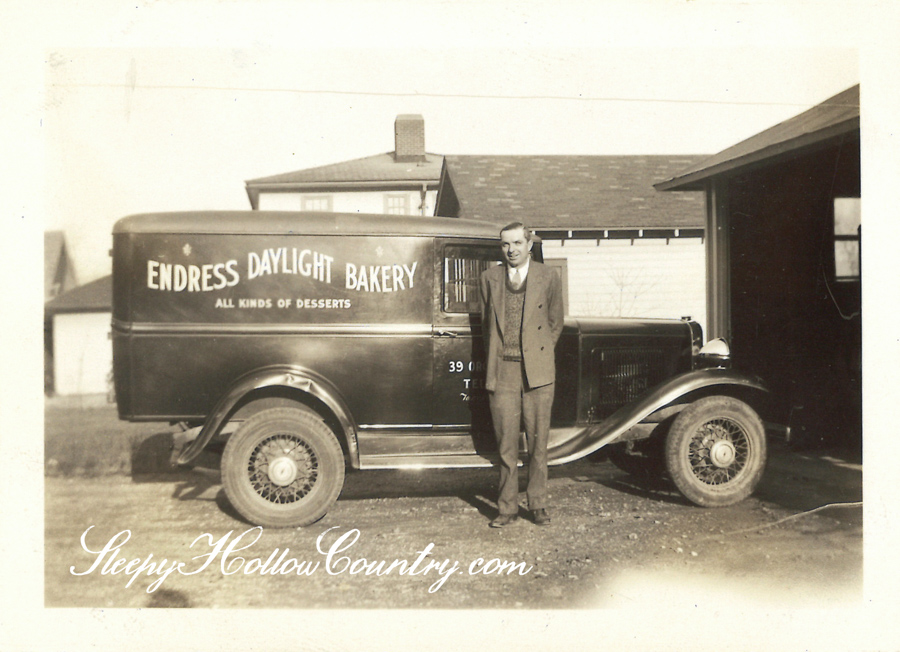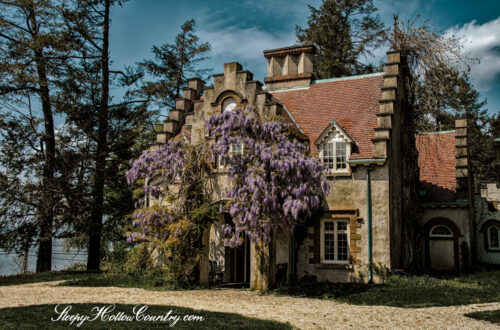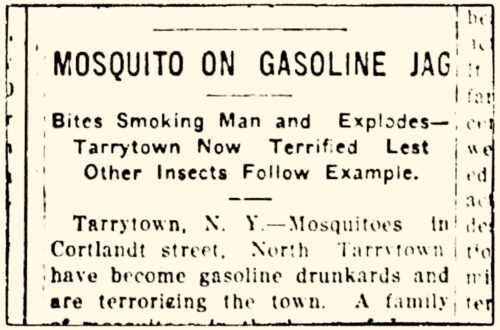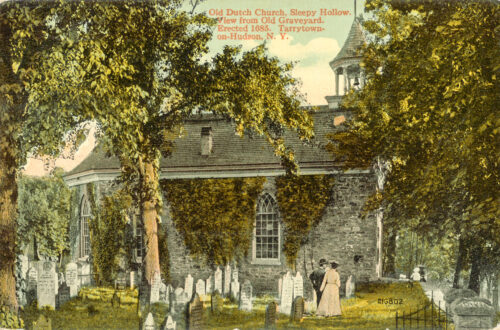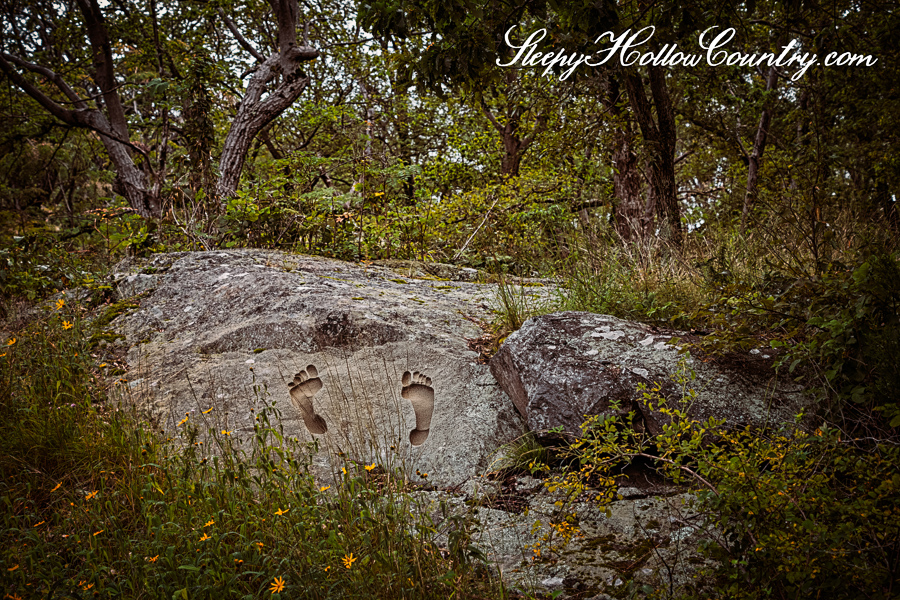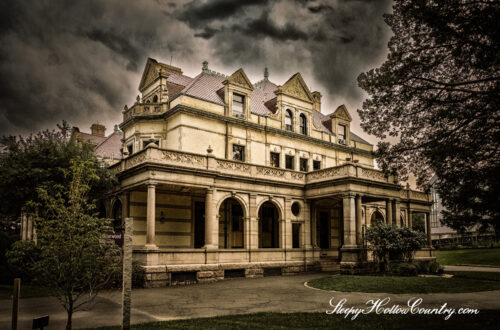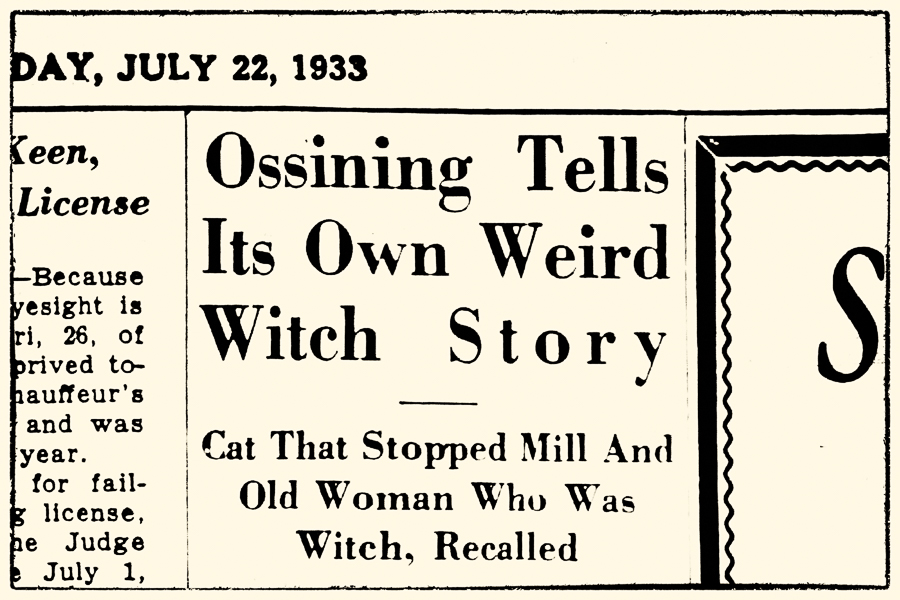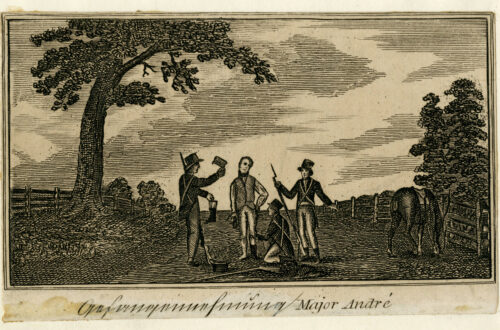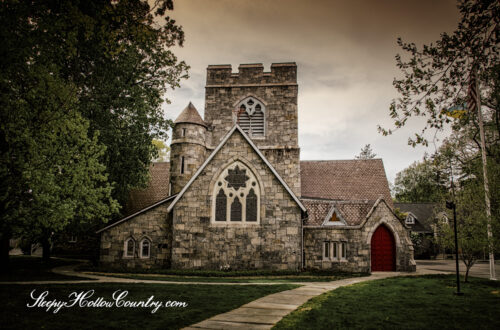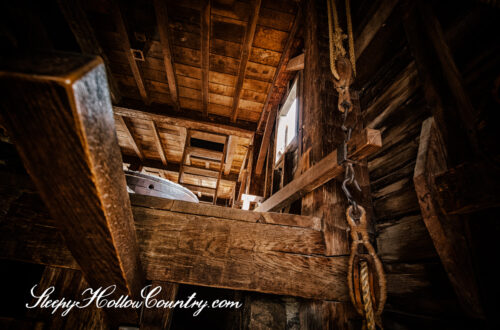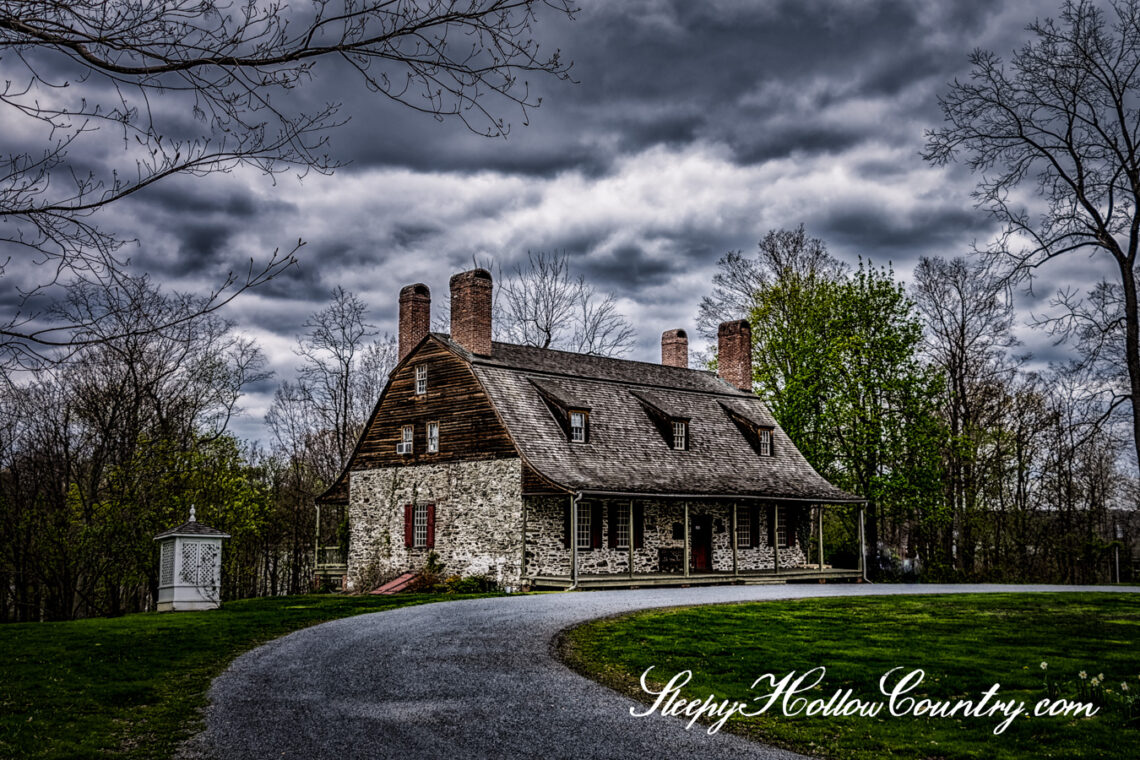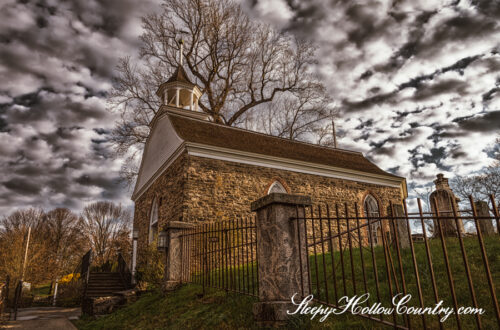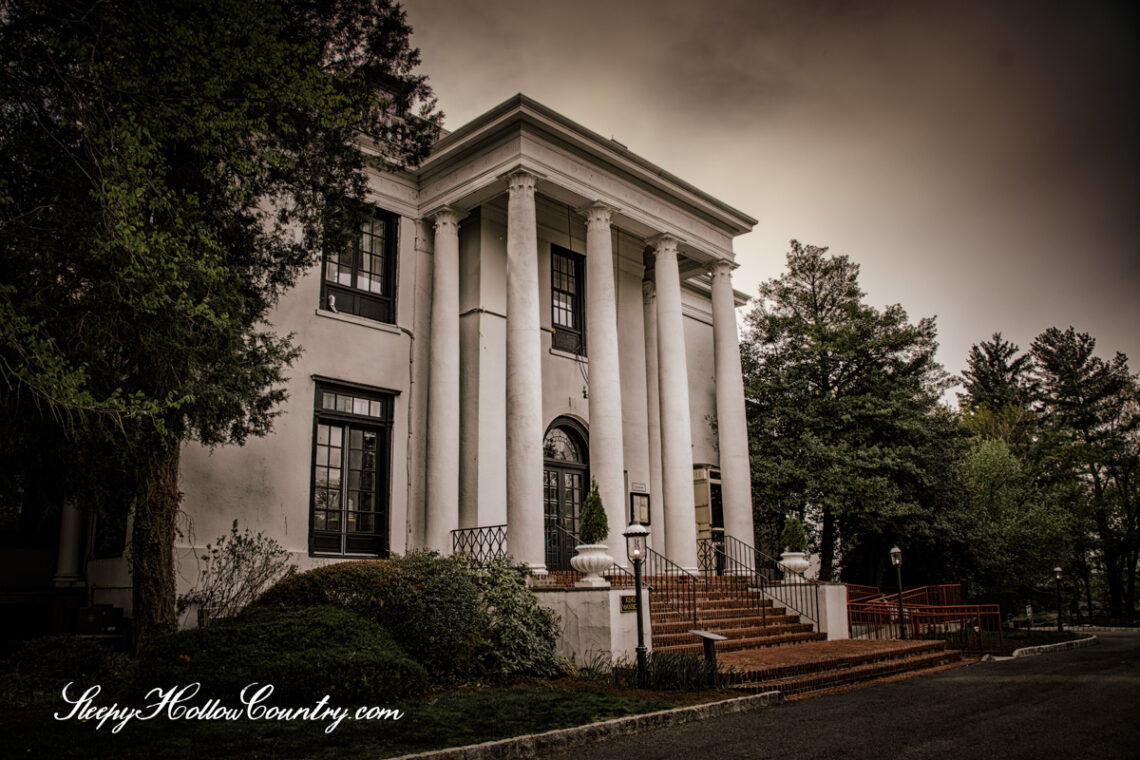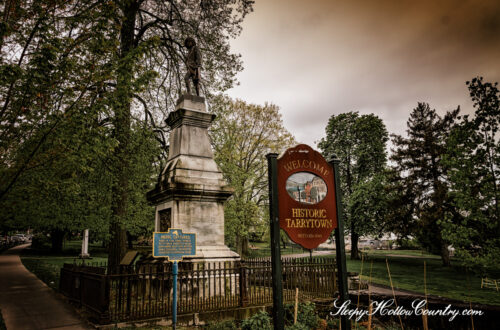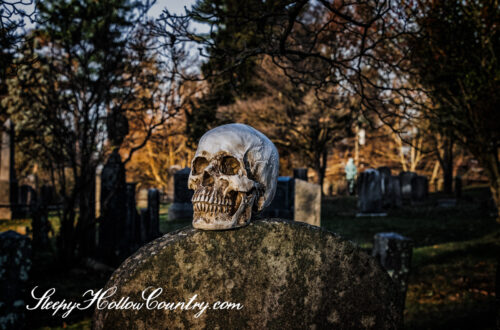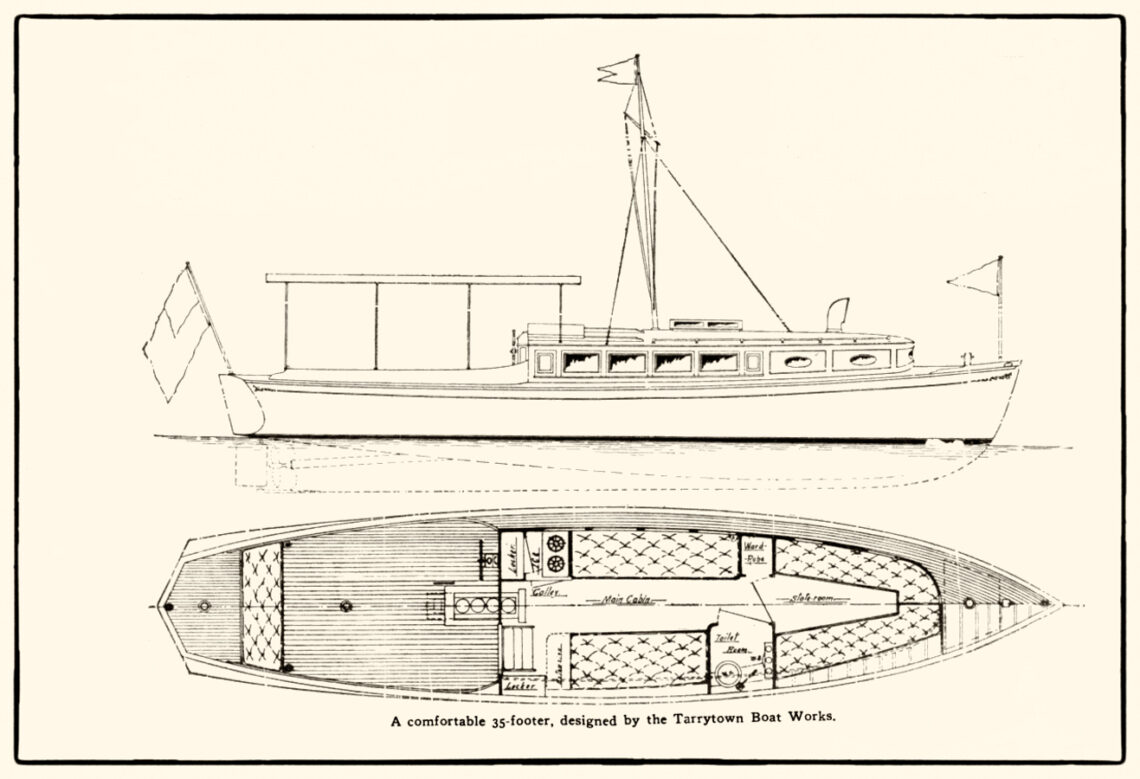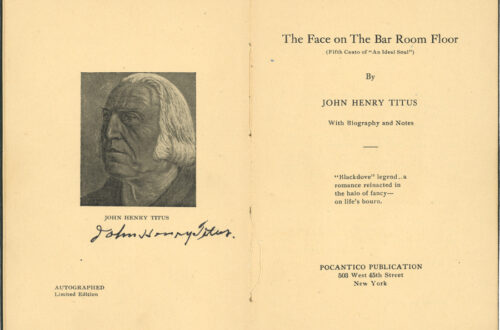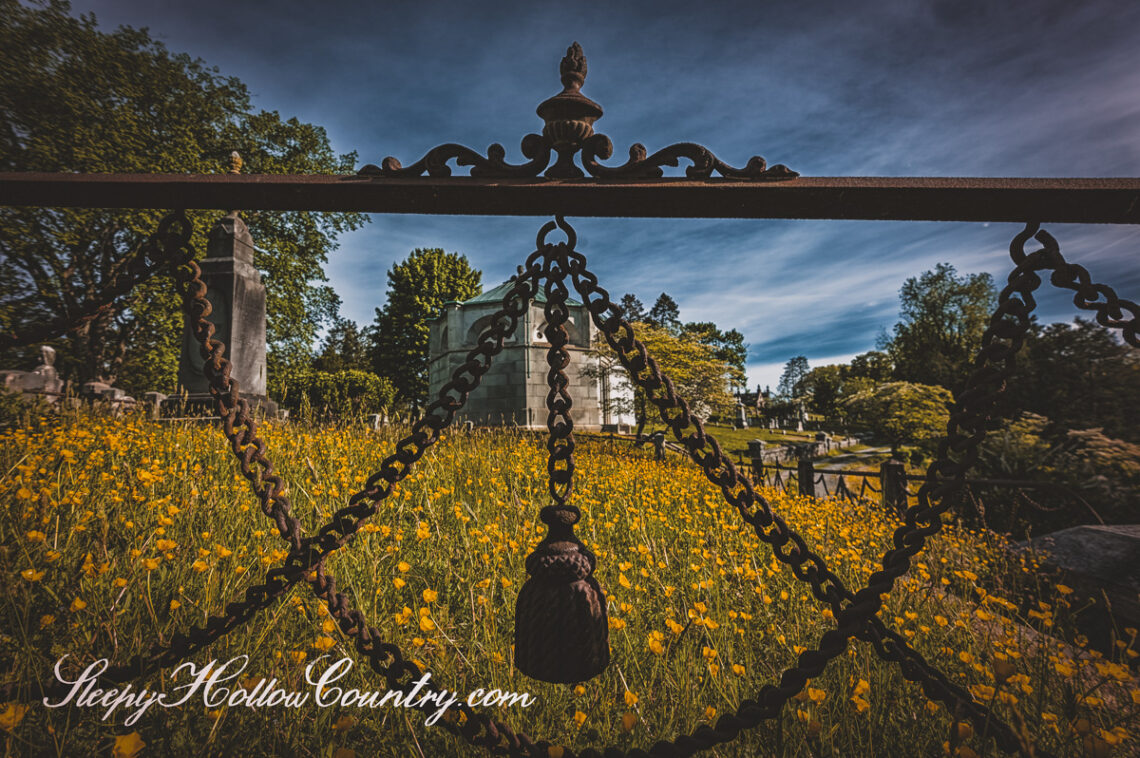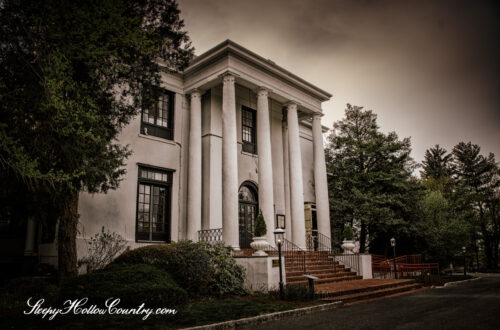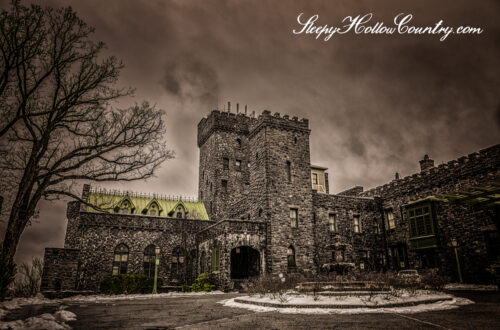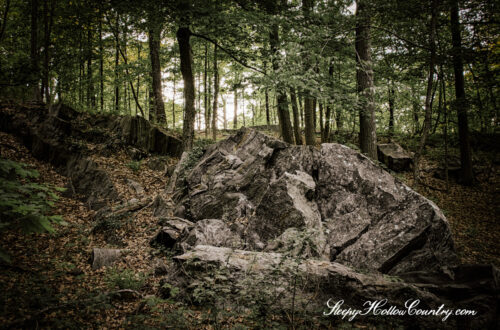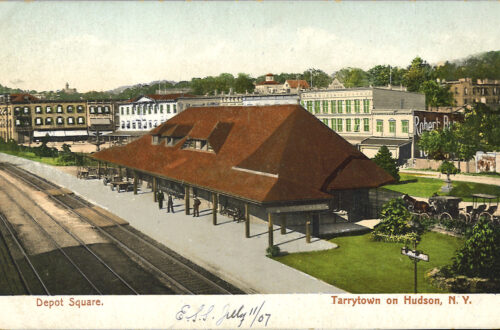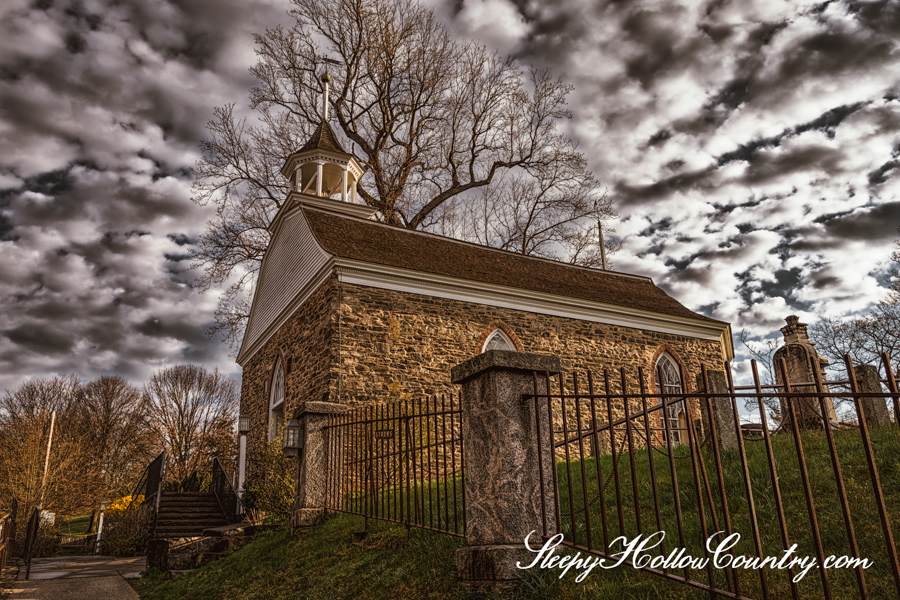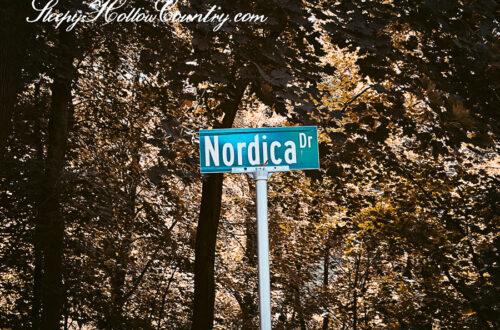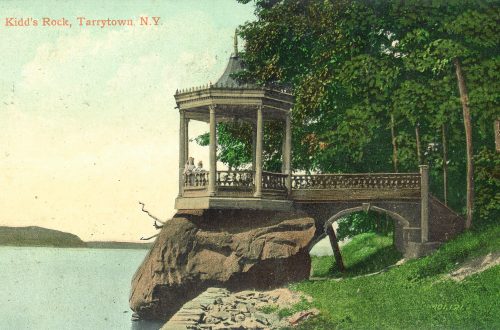-
The Ghost of Estherwood
Just a few miles south of Sleepy Hollow—where ghost stories practically grow on trees—you’ll find the Masters School, a private co-ed institution with a knack for blending academics and a dash of the supernatural. Its sprawling 96-acre campus in Dobbs Ferry, NY, is home to Estherwood, a 19th-century Gilded Age mansion built by James Jennings McComb for his second wife, Mary Esther Wood. And while Mary’s been gone for over a century, rumor has it she’s still hanging around, giving us the latest entry in our paranormal playlist: the ghost of Estherwood Mansion. J.J. McComb wasn’t just a man of wealth; he was a man of clever patents—specifically, a cotton-baling…
-
A Slice of Tarrytown Bakery History
Before the rise of supermarkets in the 1950s and 1960s, Main Streets across America looked very different than they do today. Small bakeries and other specialized food stores were much more common than now. Many also delivered to homes. While records are sparse, we’ve compiled a short compendium of historic Tarrytown bakeries. Today as we witness a resurgence of fresh, locally produced food, bakeries in particular have flourished. Find contemporary Tarrytown and Sleepy Hollow bakeries at VisitSleepyHollow.com. Breitenbach’s Bakery John C. Breitenbach founded his eponymous bakery in New York City in the 1880s. It grew into a substantial operation with four retail stores and a wholesale business supplying goods to…
-
The Devil’s Footprints
Sleepy Hollow Country is steeped in folklore, but few tales are as peculiar as the story of the devil’s footprints in the village of Croton-on-Hudson. We stumbled across this geological phenomenon while sifting through newspaper archives for information on the Black Horse Tavern, a notorious Revolutionary War era public house on the bank of the Croton River. Below the headline “The Devil’s Footprints” ran the lede “Mysterious footprints in the solid rock on the east and west banks of the Hudson at Croton have puzzled the scientists, who believe them to have been made by a primeval man before the Stone Age.” We thought we had a pretty good handle…
-
The Bewitched Mill of Sing Sing
The tale of the bewitched mill of Sing Sing, or the Ossining witch, comes to us down a winding path that begins at the ancient and now vanished shad fishing camp at Crawbucky Point, where local legends were told and retold around the evening campfires. But before we dive into our story of the bewitched mill, let’s take a brief detour into the shifting name of the village presently known as Ossining. 17th Century Dutch maps of the Hudson River show a settlement on the east shore occupied by a band of the Mohegan tribe known as “Sint Sinck.” In 1813 European settlers founded a village they called Sing Sing, Anglicizing…
-
The Fiery Ghosts of Mount Gulian
Here at Sleepy Hollow Country we first learned of the fiery ghosts of Mount Gulian through a series of articles titled “Weird Westchester Tales,” published in Westchester County newspapers in 1956. Reporter E. L. MacKay opened the series with one of our favorite local legends, that of Spook Rock in Sleepy Hollow. MacKay next shared the following eerie tale from further up the Hudson Valley. The Ghosts of Mount Gulian Unveiled While many have claimed to see or hear ghosts, such stories are often dismissed, especially when the witness is alone. But in this case, the spectral figures were witnessed by not just one, but four people—a policeman and three…
-
The Ghost of Sybil Harris King
The ghost of Sybil Harris King is reputed to linger around her former mansion which today is part of the Tarrytown House Estate. This corporate retreat center and event venue, located in Tarrytown, New York, has a rich history that dates back to the 19th century. The property is the combination of three Gilded Age estates owned by wealthy families who were drawn to the Hudson River Valley for its scenic beauty and proximity to New York City. It is situated on East Sunnyside Lane, just off South Broadway and not far from Washington Irving’s home, Sunnyside. Of the three original mansions, two remain standing: Uplands of broker James S.…
-
Tarrytown Boat Works
Tarrytown Boat Works was part of a vibrant Hudson River working waterfront during the early years of the 20th century. It was one of at least three boat builders on the Tarrytown waterfront over the years, including local powerhouses John O. Brown and Julius Petersen. While traces of any local boat builders are hard to find 100 years later, we dug deep into the archives to piece together this brief history of Tarrytown Boat Works. Sadly, we have not been able to track down any surviving watercraft from this shop. What we know for sure is that the business was incorporated in 1910. The annual report from the New York…
-
Sleepy Hollow Cemetery
Sleepy Hollow Cemetery in Sleepy Hollow, New York, is one of the most storied and picturesque burial grounds in the United States. Nestled in the heart of the Hudson Valley, this historic cemetery is renowned for its connection to Washington Irving’s famous tale “The Legend of Sleepy Hollow,” as well as for its beautiful landscape and notable interments. With a rich history dating back to the 19th century, Sleepy Hollow Cemetery is a place where the past comes alive through its legends, architecture, and the famous individuals laid to rest there. Historical Background Sleepy Hollow Cemetery was established in 1849, at a time when the rural cemetery movement was gaining…
-
Those Wild and Crazy Tarrytown Squirrels
Here in the pages of Sleepy Hollow Country we live and breathe the odd and unexplained. Today we tender a few offbeat stories on rather unusual behavior by a bunch of Tarrytown squirrels. Before we start it is only fair to point out our little furry friends aren’t the only critters to exhibit outlandish behavior in these parts. Goats, chickens, and even mosquitoes have had their moments. A student of literature, however, may recall a line from “The Legend of Sleepy Hollow” that suggests it is the human residents of the hollow who have a propensity to see marvelous visions: “They are given to all kinds of marvelous beliefs; are…
-
The Old Dutch Church of Sleepy Hollow
Situated in the village of Sleepy Hollow, New York, the Old Dutch Church stands as a landmark of significant historical and cultural importance. As one of the oldest churches in the state, its timeworn stone walls and enduring architectural design have borne witness to centuries of change. Beyond its historical relevance, the church holds a unique place in American folklore as the very church and churchyard featured in Washington Irving’s renowned short story, “The Legend of Sleepy Hollow.” This connection has solidified its status as both a historical monument and a symbol of the region’s rich narrative heritage. Early History of the Old Dutch Church of Sleepy Hollow The precise age of…
